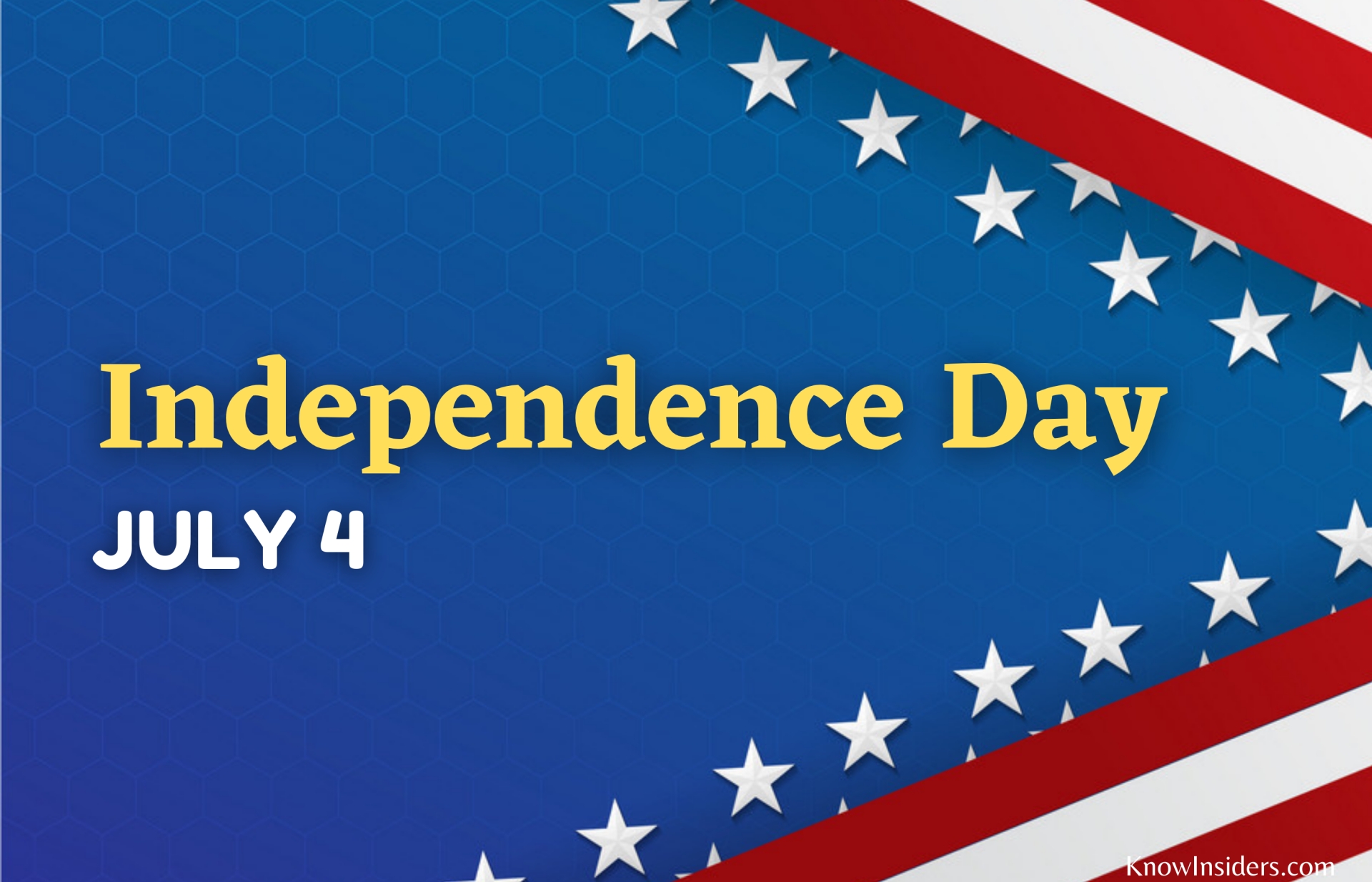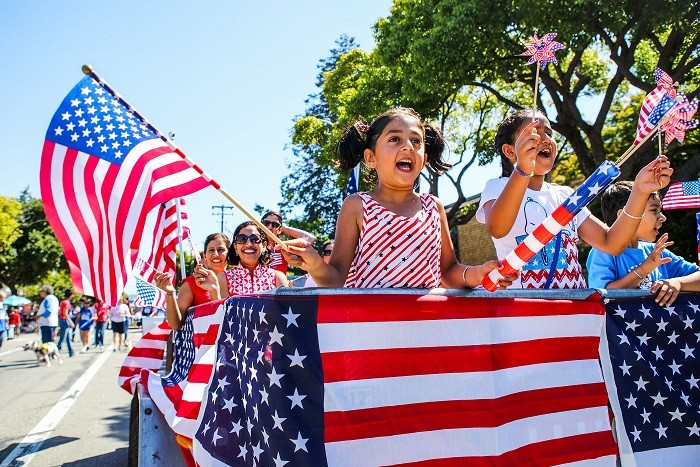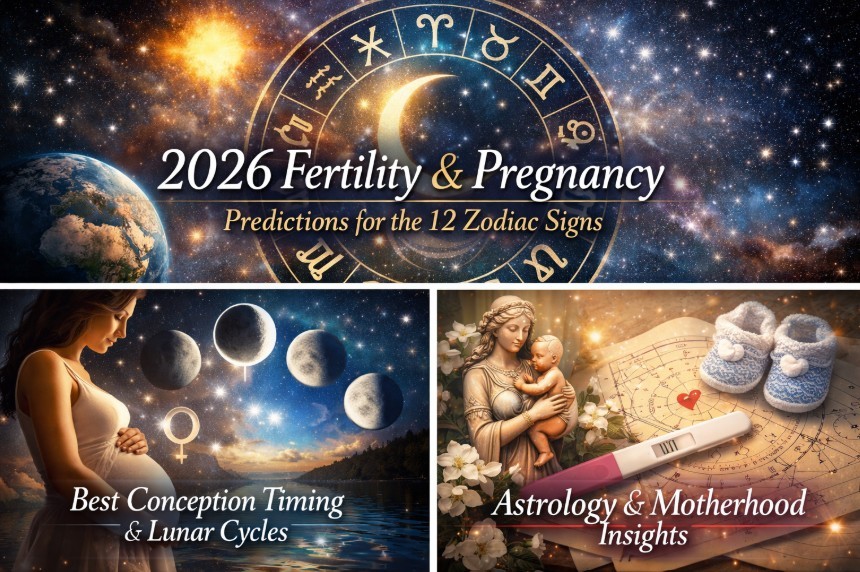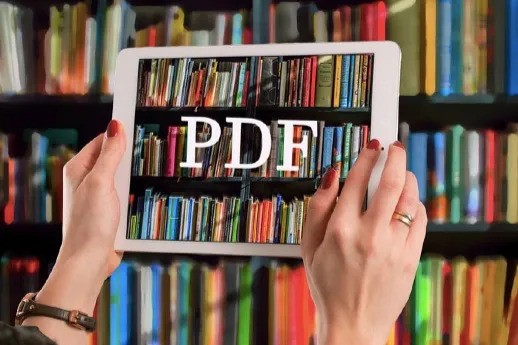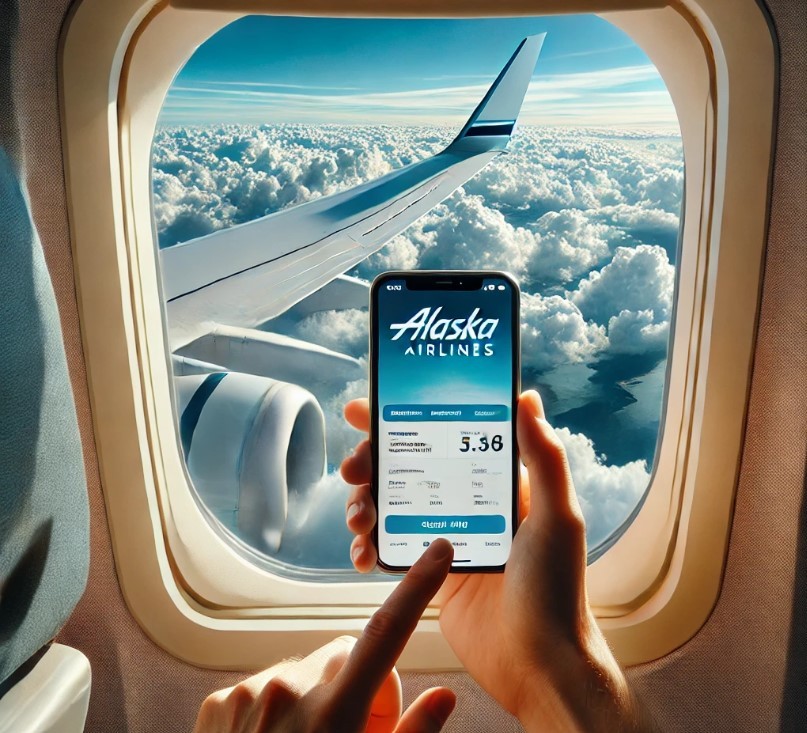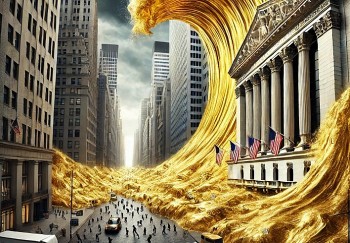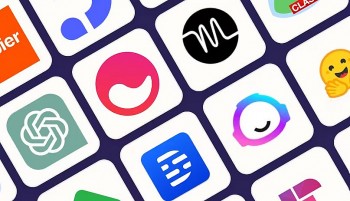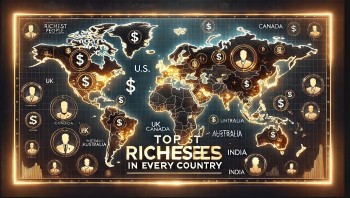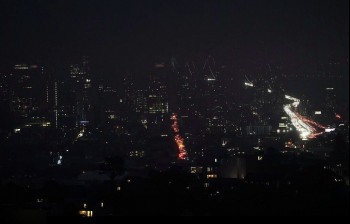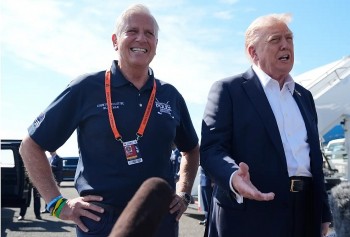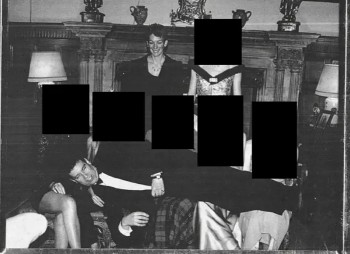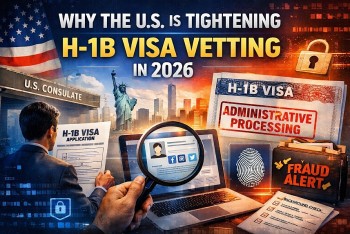How July 4th Has Changed Since 1776
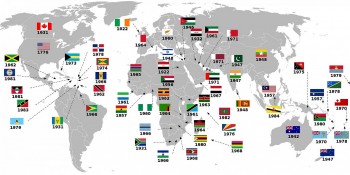 List of Independence Days for Every Country in the World List of Independence Days for Every Country in the World |
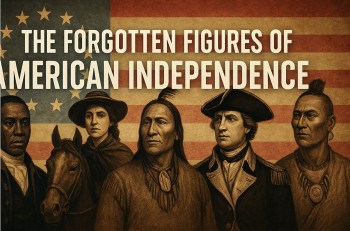 The Forgotten Figures of American Independence: Unsung Heroes Beyond the Founding Fathers The Forgotten Figures of American Independence: Unsung Heroes Beyond the Founding Fathers |
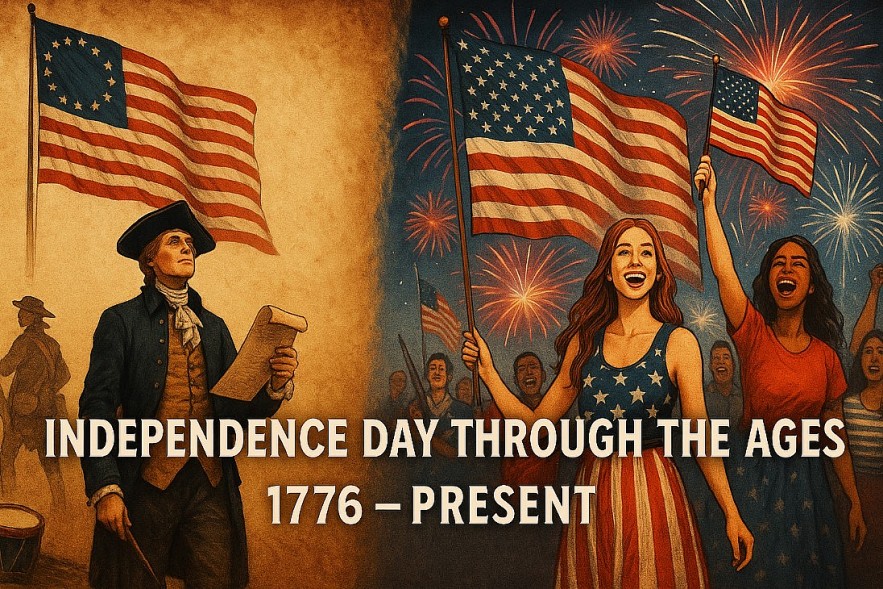 |
| How July 4th Has Changed Since 1776 |
The Fourth of July stands as one of the most iconic celebrations in the United States. Marking the adoption of the Declaration of Independence in 1776, it's a day drenched in patriotism, fireworks, family barbecues, and red-white-and-blue everything. But the way Americans celebrate Independence Day today is the result of centuries of cultural shifts, political movements, and even commercialization.
This article traces the evolution of July 4th celebrations and explores the history of Independence Day traditions across different eras. From humble beginnings to political symbolism, to Hollywood and corporate sponsorships, Independence Day is more than a date—it’s a cultural mirror.
Read more: The Forgotten Figures of American Independence: Unsung Heroes Beyond the Founding Fathers
The First Fourth: 1776–1783 (Revolutionary War Years)
When the Continental Congress approved the Declaration of Independence on July 4, 1776, there was no organized national celebration. However, people in cities like Philadelphia and Boston held spontaneous festivities: bonfires, ringing church bells, and public readings of the Declaration.
-
1777: The first official July 4 celebration occurred in Philadelphia, including fireworks, parades, and music.
-
Focus: Unity and morale. Celebrations were local and often military in nature.
-
Notable tradition: Public readings of the Declaration became common.
During the war years, Independence Day served as a morale booster and an act of political defiance. However, due to wartime instability, the day wasn't widely institutionalized.
Post-War Patriotism: 1784–1820s
After the Revolution, July 4 became an unofficial holiday marked by civic pride, especially in urban areas. It was a time to reinforce democratic ideals and reflect on liberty.
-
Newspapers began printing the Declaration annually.
-
Church services sometimes merged religion with patriotism.
-
Speeches by local politicians and veterans celebrated American values.
Key cultural themes:
-
Anti-British sentiment
-
Celebration of the Founding Fathers
-
A growing sense of American identity
As the republic matured, so did its sense of occasion. The Fourth was becoming a time to reflect not just on war, but on American exceptionalism.
Formalization and Expansion: 1830s–1860s
In the mid-19th century, July 4th became more structured and nationally recognized, though still unofficial.
-
1831: James Monroe and Thomas Jefferson both died on July 4, which reinforced the day’s symbolic weight.
-
Cities organized parades, concerts, and orations featuring local dignitaries.
-
Temperance movements began co-opting the holiday for moral campaigns.
Rising political divisions (especially leading up to the Civil War) influenced how different regions celebrated.
-
Northern states emphasized freedom and anti-slavery messages.
-
Southern states remained celebratory but avoided overt politicization.
A Nation Reborn: July 4th Post-Civil War (1870s–1910s)
In 1870, Congress officially made July 4 a federal holiday. By this time, the Civil War had transformed American society, and so had its holidays.
Themes of reunification and healing became central to Independence Day. The holiday was used to promote national unity and citizenship, especially among new immigrants.
-
Naturalization ceremonies were often held on or near the Fourth.
-
Frederick Douglass's 1852 speech “What to the Slave Is the Fourth of July?” gained posthumous influence.
-
Parades became larger, with veterans' groups like the GAR (Grand Army of the Republic) taking prominent roles.
Music from bands, fireworks shows, and flag-waving became common symbols of unity.
The Commercial Turn: 1920s–1950s
With the rise of radio, movies, and department stores, the Fourth of July began its transformation into a commercial spectacle.
-
Fireworks were mass-produced and became available for local municipalities and individuals.
-
Department stores ran "Independence Sales."
-
Hollywood incorporated patriotic themes into cinema and later, television specials.
World War II influence:
-
Patriotic fervor peaked. The July 4 holiday was used for war bond drives and enlistment.
-
Post-war, the holiday became a reflection of American global dominance.
Key traditions from this period:
-
Backyard BBQs and picnics
-
Broadcast speeches from presidents
-
Flag-themed consumer products
Protest and Reinterpretation: 1960s–1980s
The Civil Rights era and Vietnam War brought a wave of political protest that shaped how some Americans approached national holidays.
-
Fourth of July became a platform for protest.
-
Anti-war demonstrations occurred during parades.
-
Civil Rights activists questioned the inclusivity of American freedom.
-
New cultural elements emerged:
-
Protest songs challenged the mainstream narrative.
-
The counterculture embraced smaller, local, community-focused gatherings over nationalistic pageantry.
Yet for many, traditional celebrations continued. The contrast between mainstream patriotism and radical critique defined this era.
The Era of Spectacle: 1990s–2000s
Television and digital media transformed the Fourth of July into a media-driven, commercialized extravaganza.
-
"A Capitol Fourth" became a TV staple, mixing patriotic music with pop culture.
-
Major cities like New York, Boston, and Washington, D.C. competed for the most spectacular fireworks shows.
-
Corporate sponsorships became the backbone of public events.
-
Fast food chains, soda brands, and car companies used patriotic imagery heavily in marketing.
Despite commercialization, the Fourth retained its emotional gravity post-9/11, when displays of national unity were especially poignant.
The Digital and Political Age: 2010s–Today
The 2010s and 2020s brought even more changes:
-
Social media revolutionized participation.
-
Hashtags like #July4th and #IndependenceDay trended yearly.
-
Viral videos of parades, fails, and fireworks shows dominate feeds.
-
-
Political polarization reshaped tone.
-
Some view the holiday as unifying.
-
Others see it as exclusionary or overly nationalistic.
-
-
Movements like Black Lives Matter prompted reflection on the contradictions in America’s founding ideals.
-
Environmental concerns led some cities to adopt drone shows instead of fireworks.
Evolving food and music trends:
-
Classic hot dogs now sit next to vegan burgers.
-
Country music and hip-hop share the same playlist.
The modern Fourth of July reflects a complex, diverse, and rapidly shifting America.
Conclusion: The Living Legacy of July 4th
Independence Day is no longer just a celebration of a document; it's a living, evolving ritual that mirrors American society.
From handwritten Declarations in dusty halls to TikTok videos of firework fails, the evolution of July 4th celebrations tells the story of a nation constantly in motion. Its meanings are layered—patriotic, political, personal.
And while some argue over its purpose or tone, one thing remains unchanged: July 4th belongs to all Americans, in all their complexity.
FAQs
1. When did July 4th become a federal holiday?
Congress officially recognized Independence Day as a federal holiday in 1870.
2. How have fireworks changed over time?
Early celebrations used simple firecrackers. Modern displays are choreographed spectacles often funded by corporate sponsors or municipalities, and sometimes replaced with drones.
3. Why do some people protest on July 4th?
The holiday represents freedom to many, but also highlights the unfulfilled promises of equality. Activists use the day to call for a more inclusive America.
4. What role does commercialization play today?
Brands use patriotic imagery to boost sales, making the Fourth a major commercial holiday. It influences everything from food packaging to clothing.
5. Has the meaning of July 4th changed?
Yes. While the core is still about independence, the meaning now includes unity, remembrance, critique, and celebration in many diverse forms.
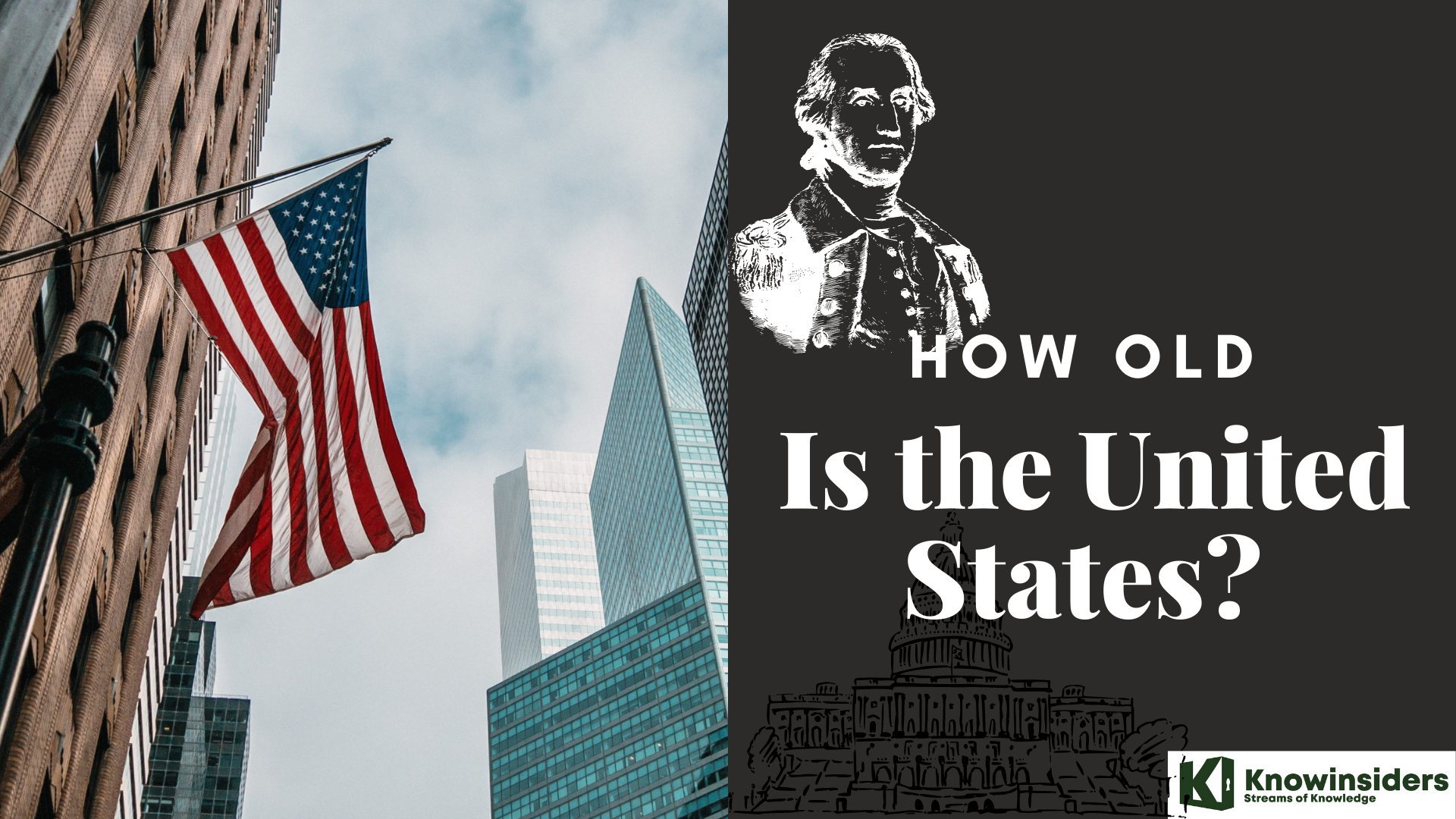 How Old Is The United States - Birthday of America? How Old Is The United States - Birthday of America? Some people are puzzled by the question: "How old is the United States?" and "Birthday of America", but dont worry, we got you covered in ... |
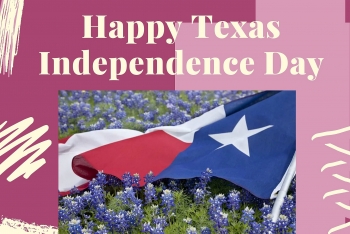 Texas Independence Day (March 2): History, Celebration Texas Independence Day (March 2): History, Celebration On March 2, 1836, Texas gained its independence from Mexico and created the Republic of Texas. |
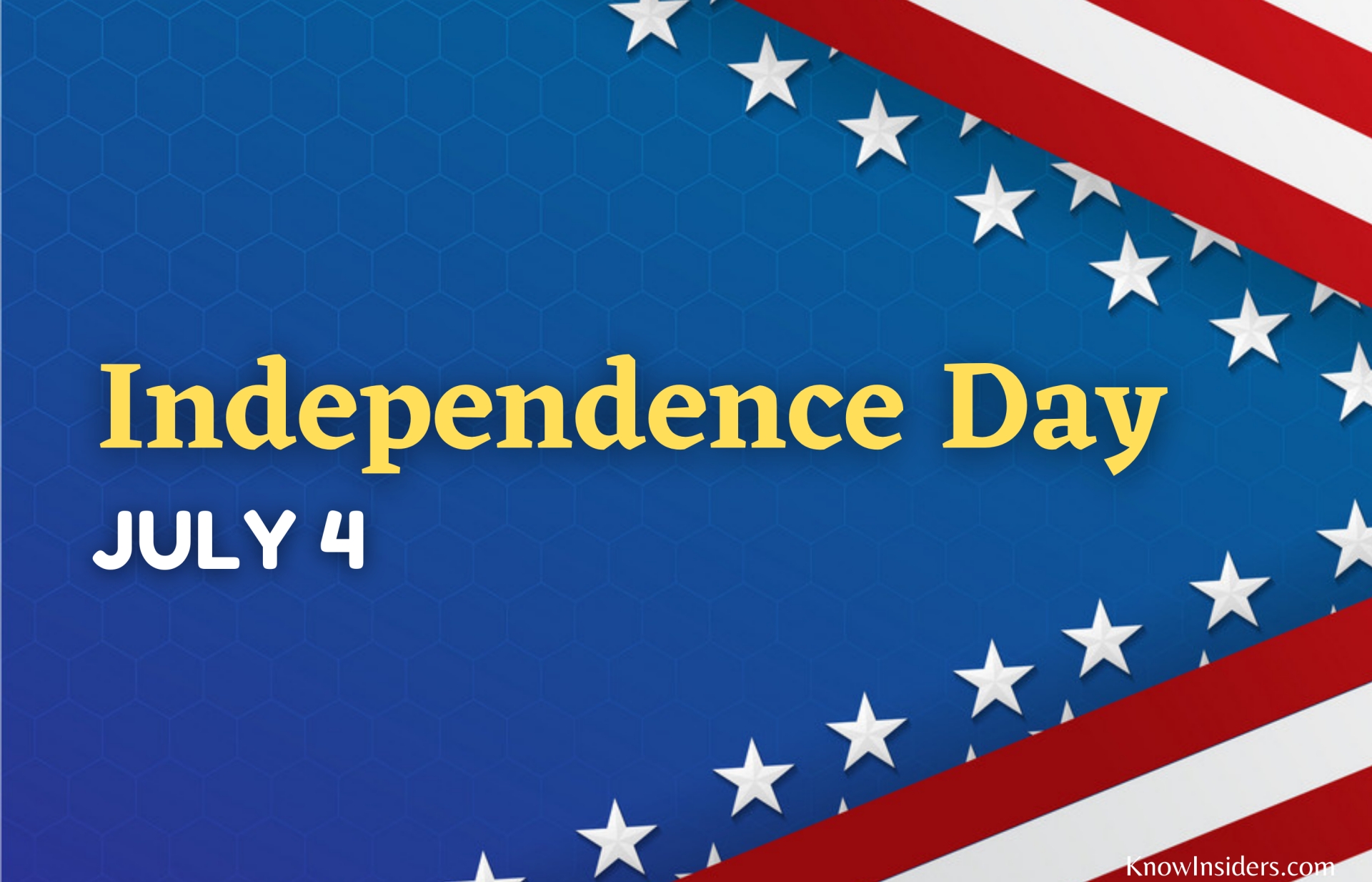 USA Independence Day (July 4): Timeline, Q & A and Facts USA Independence Day (July 4): Timeline, Q & A and Facts Independence Day is the most important holiday in the United States. Find out what it means and how it came to be. |
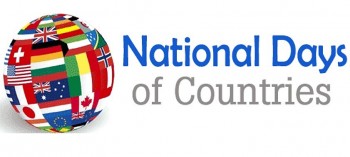 Full List of National Days/Independence Days of Every Country: Dates and Celebrations Full List of National Days/Independence Days of Every Country: Dates and Celebrations A National Day is a date for a country to celebrate its nationhood. Common reasons for a certain day are the date on which a ... |



